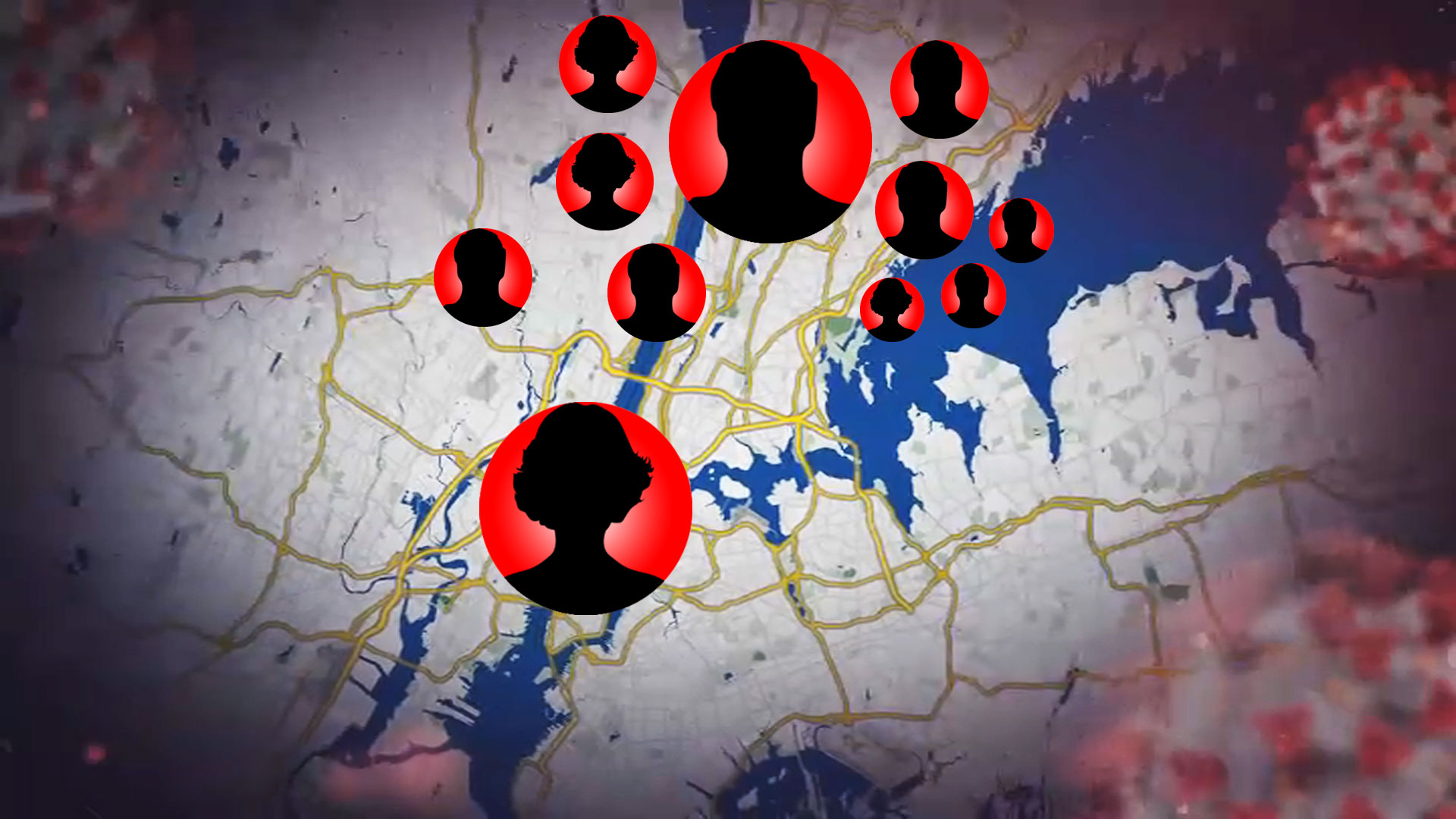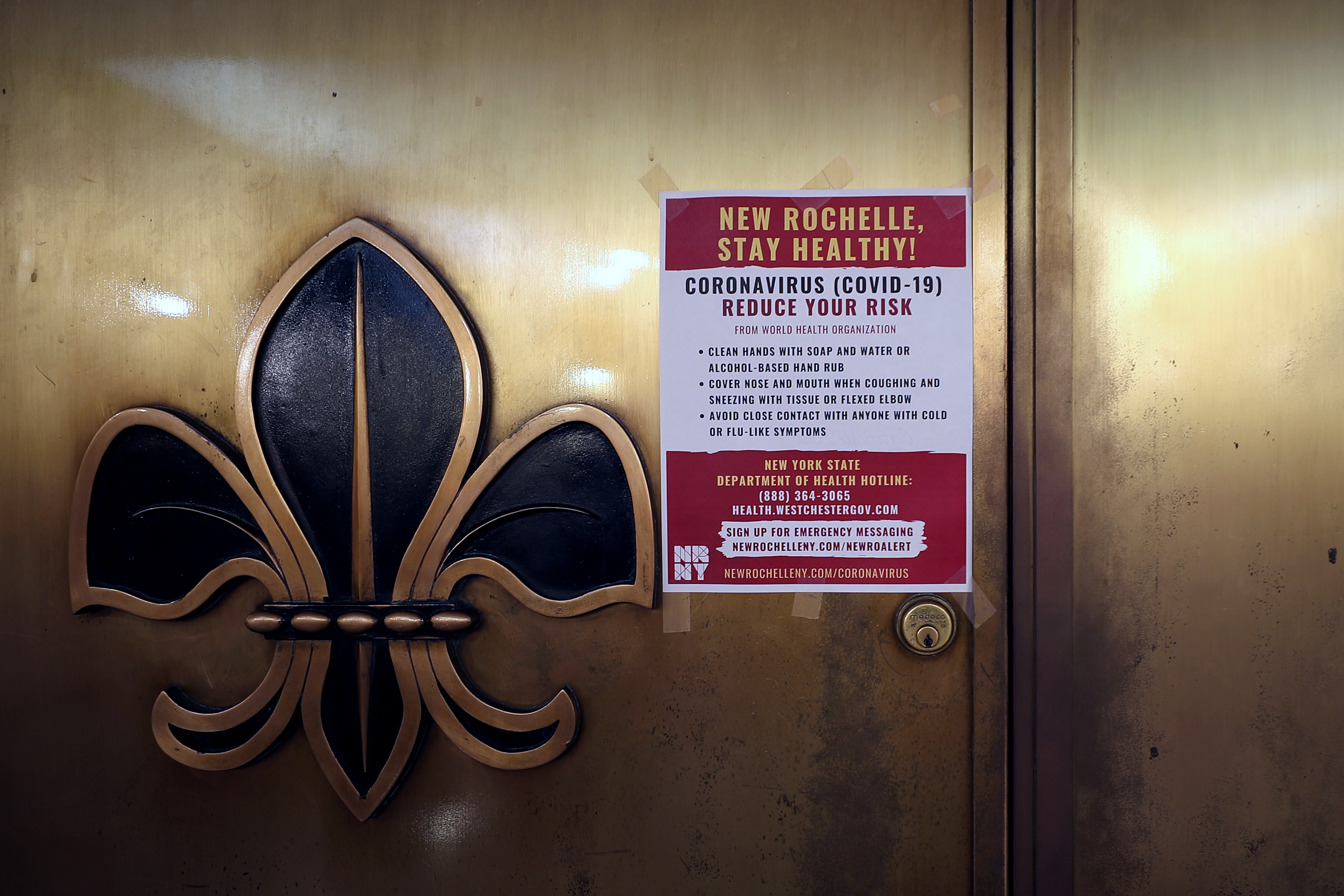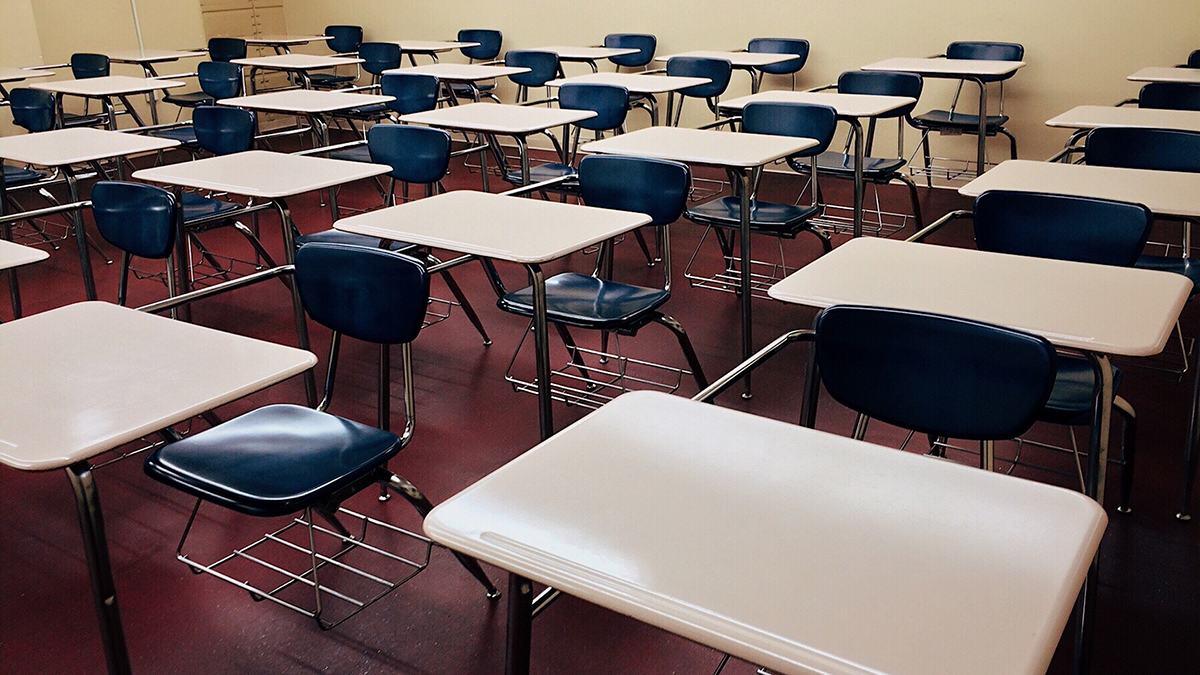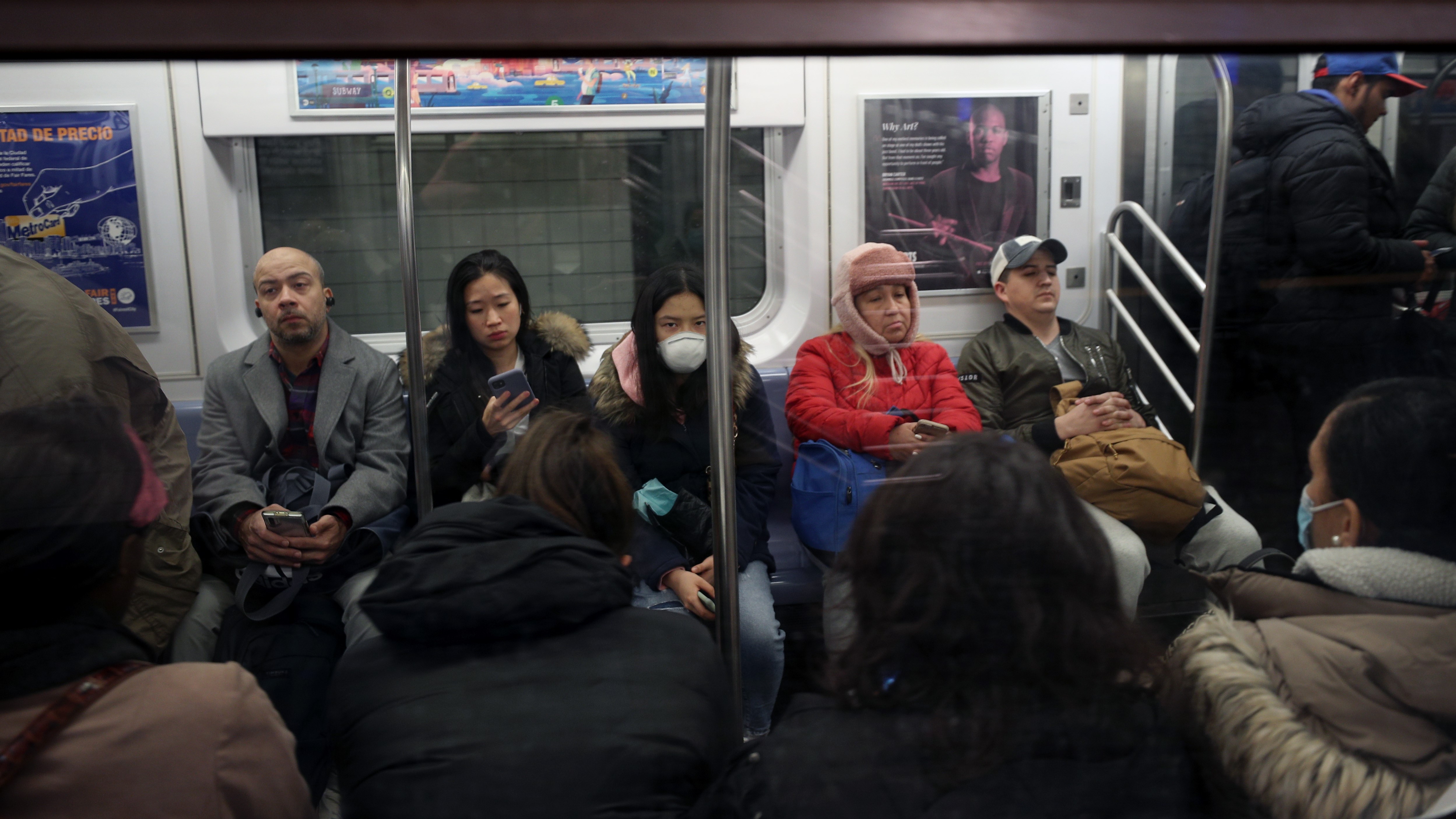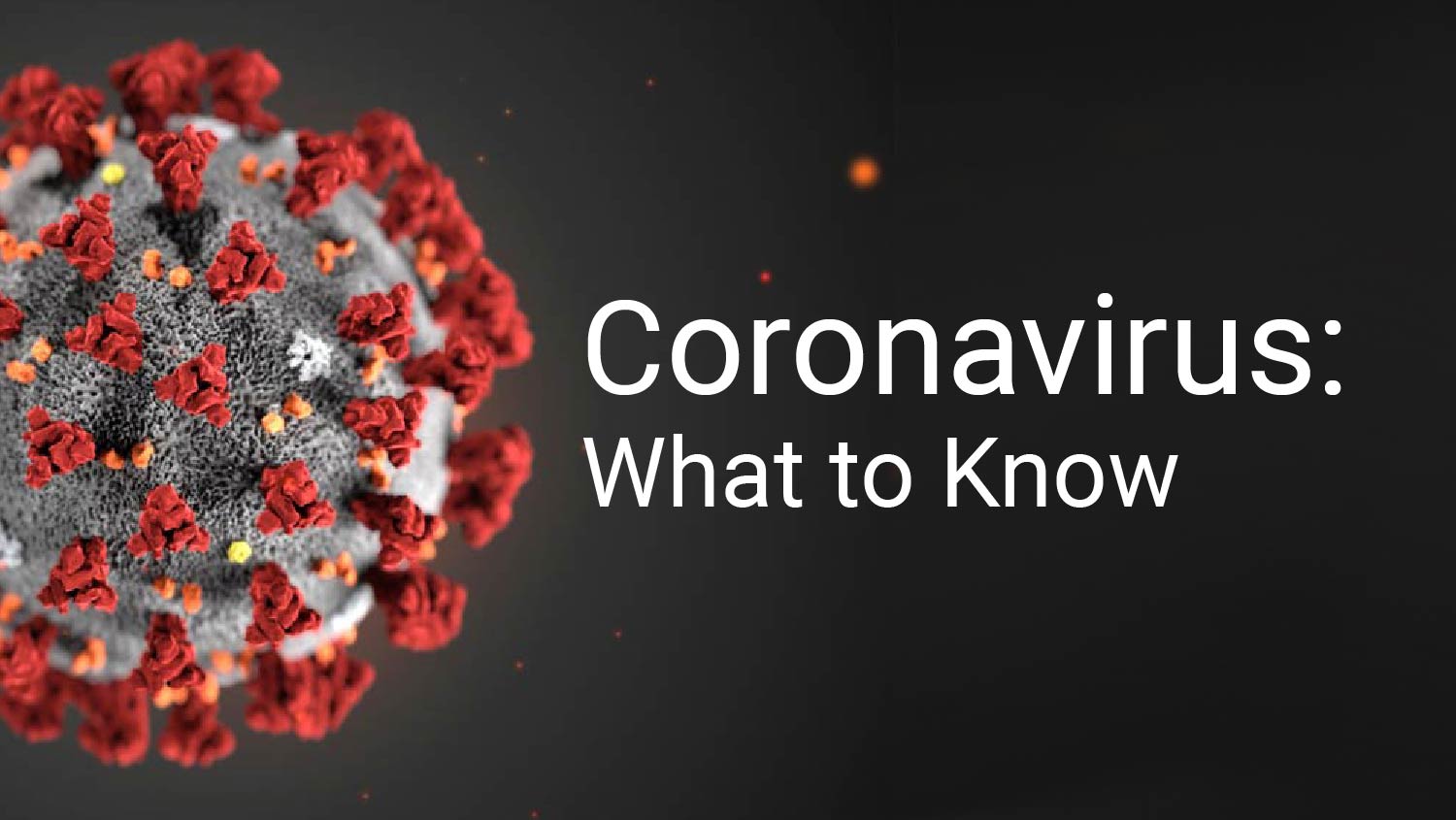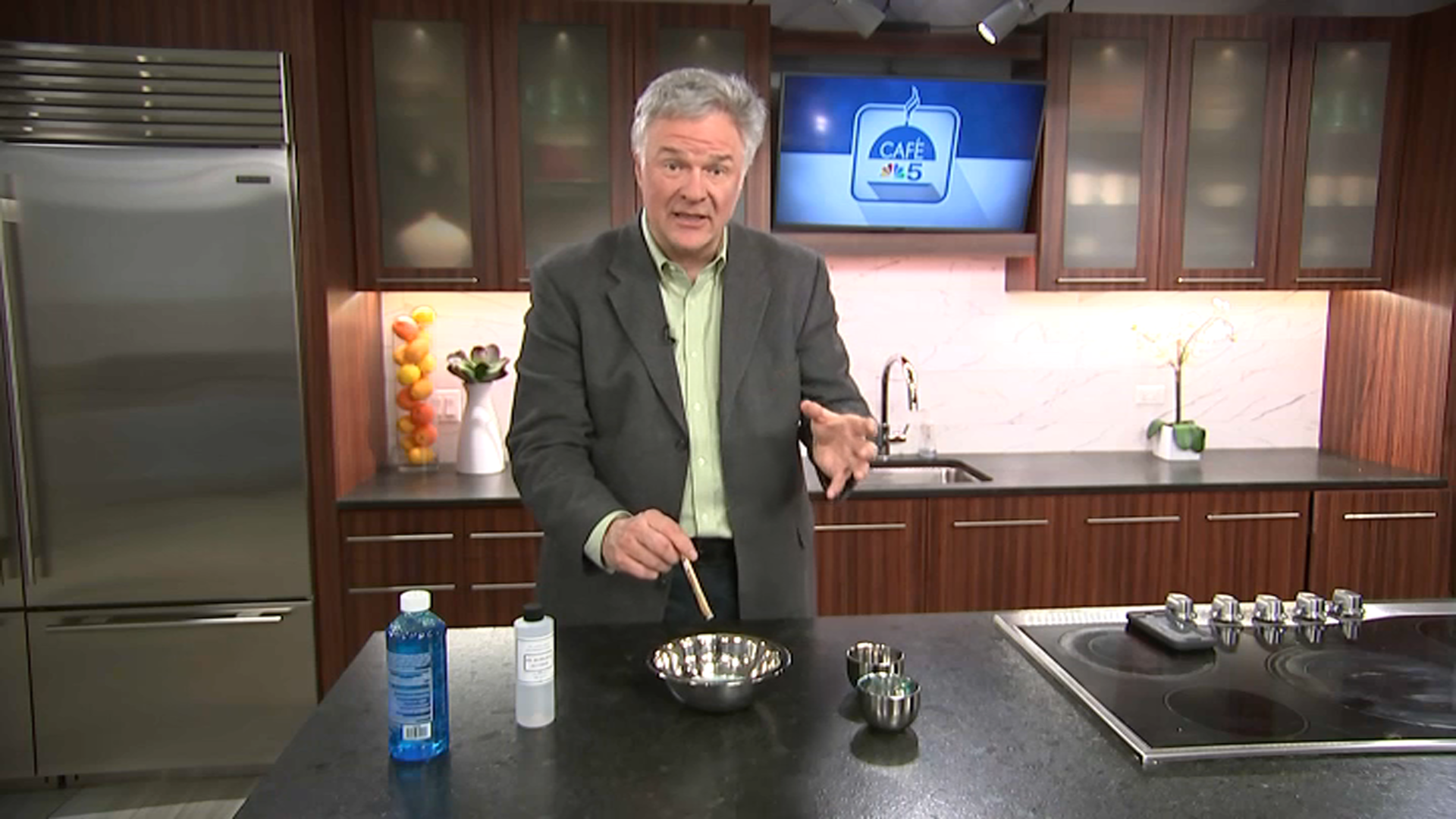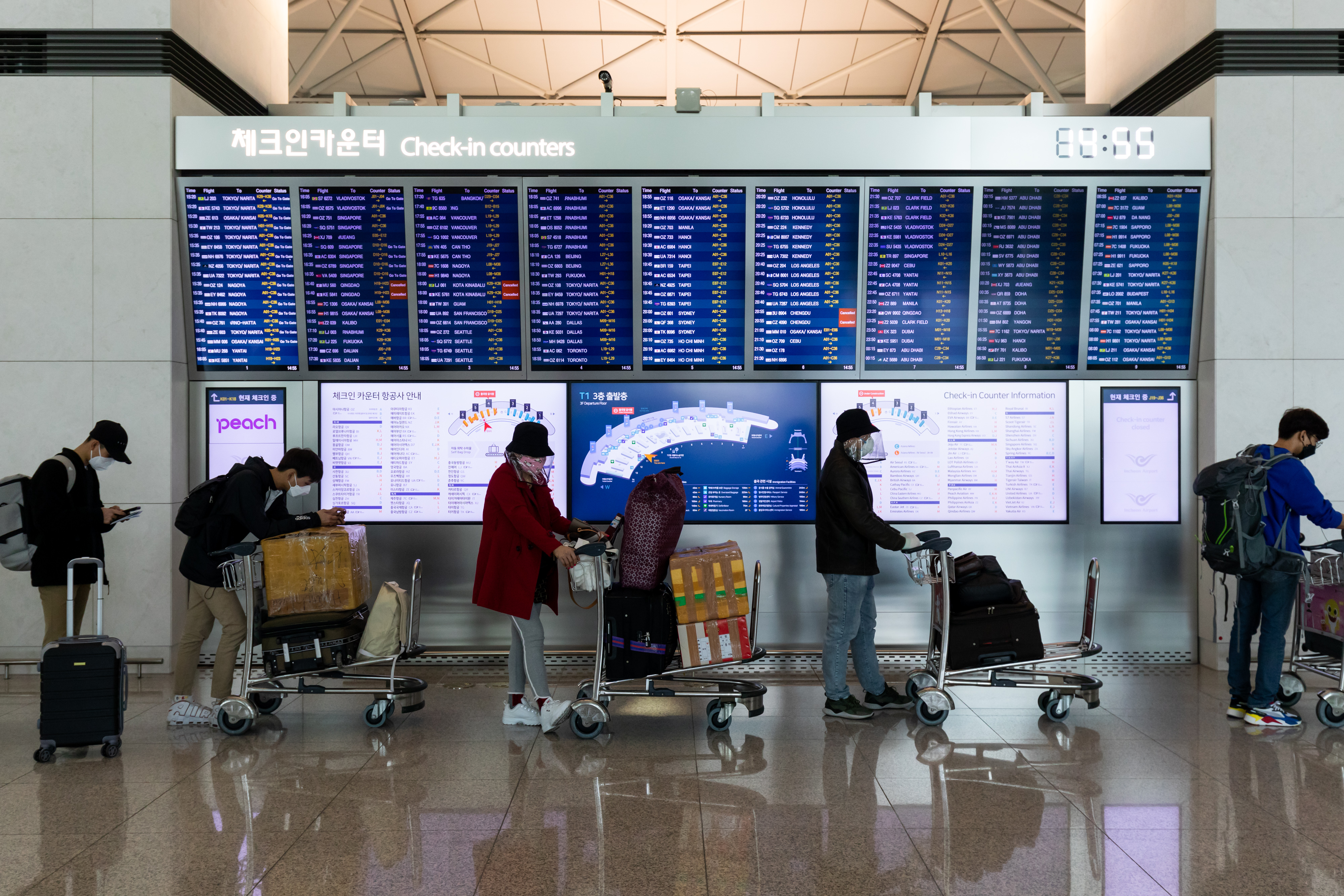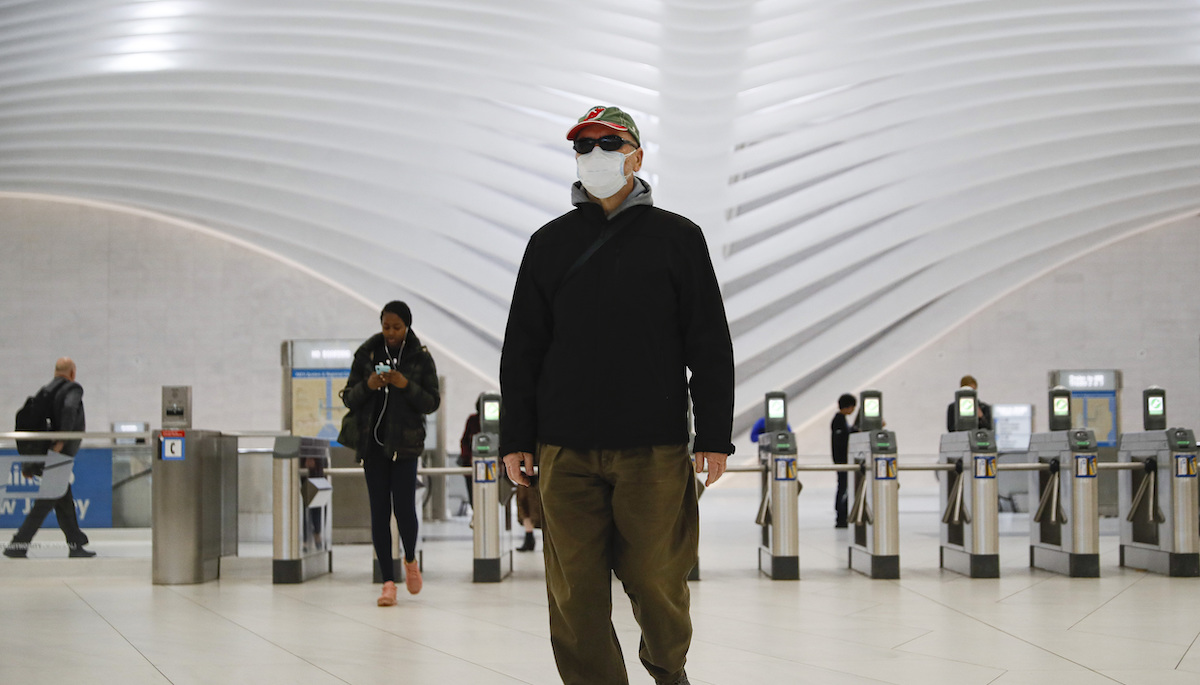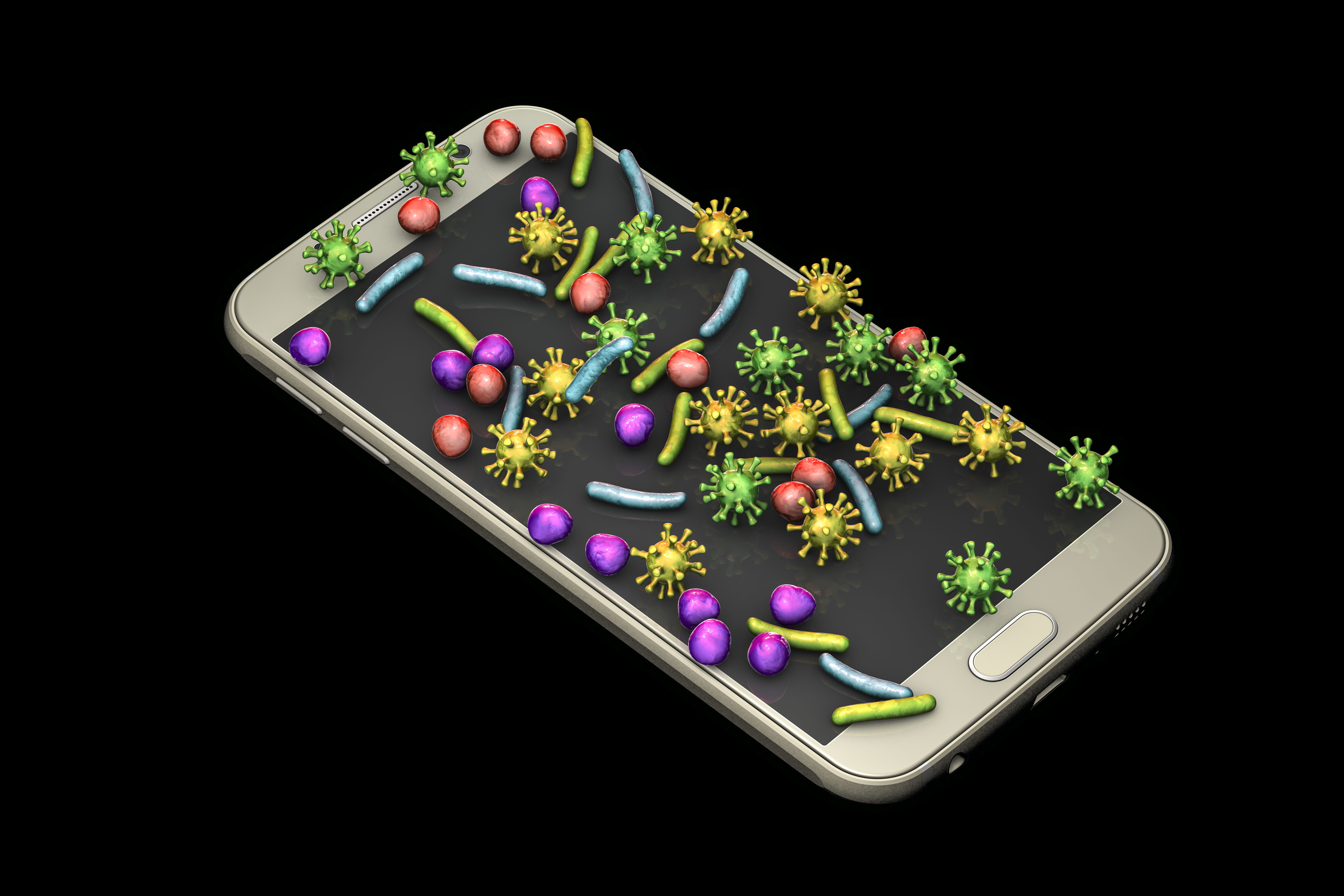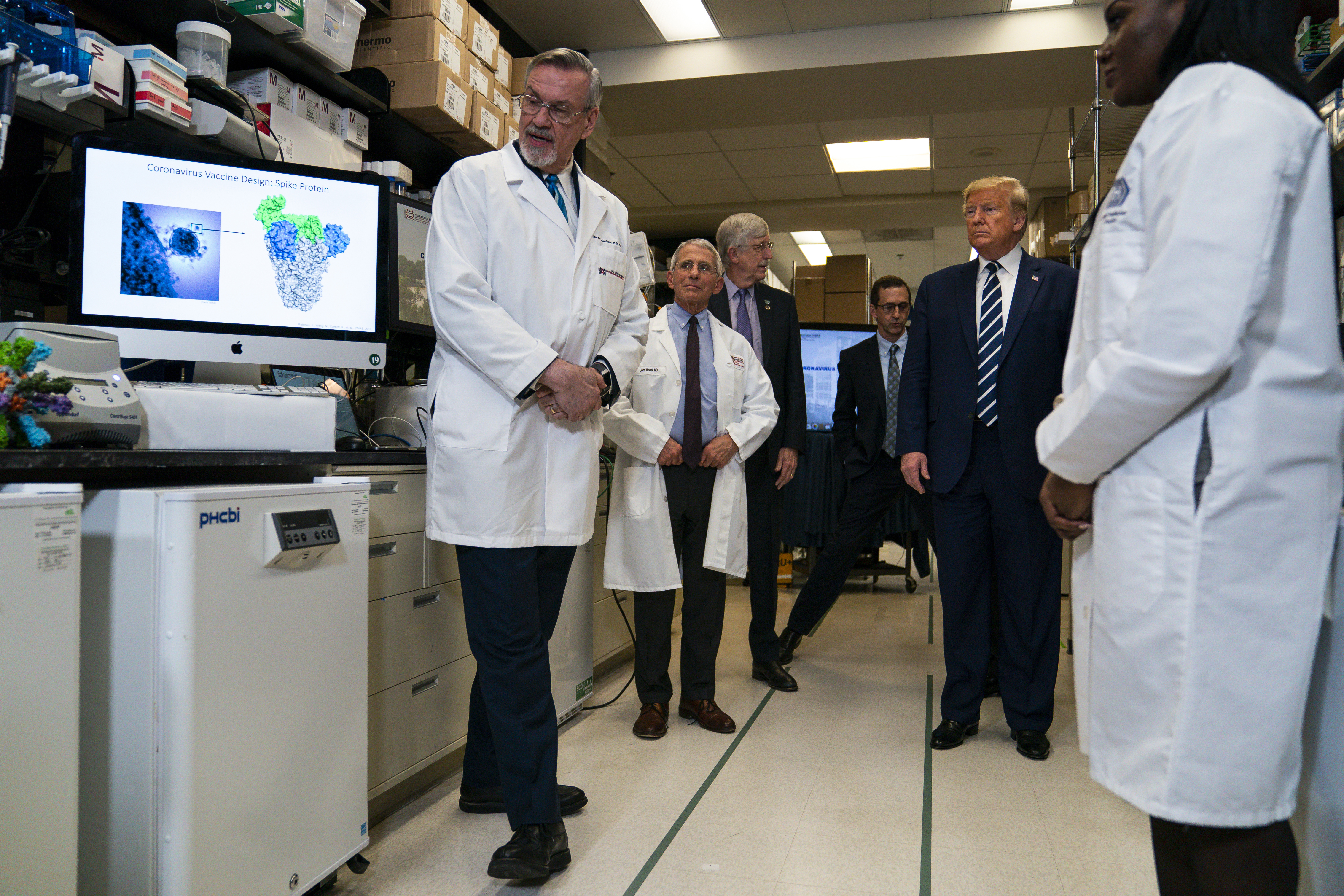What to Know
- The number of novel coronavirus cases in the tri-state area continues to surge; the tri-state area has reported one death -- in New Jersey
- The state of New York has more than 200 cases and is the 2nd most impacted state in the U.S. next to Washington state; the lion's share of those cases are in Westchester County
- Governors in New York and New Jersey have declared states of emergency; Connecticut has three presumptive positive cases
Gov. Andrew Cuomo, facing a mounting COVID-19 outbreak unmatched by any other U.S. state but one, announced Wednesday that SUNY and CUNY schools, with hundreds of thousands of students, will implement distance learning for the remainder of the spring semester starting next week.
The move, which mirrors that of hundreds of other campuses across the country, is part of what the governor described as a three-prong strategy — testing, reduced density and communication — to contain the spread of coronavirus, which has now infected more than 200 people in New York.
Officials with CUNY and SUNY said the new plan will begin on March 19, saying that it gives them time to develop their plans and ramp up the procedure.
Tracking Coronavirus in Tri-State
The governor also announced late Wednesday that NYC's St. Patrick's Day Parade had been postponed after he suggested doing so to the event's committee.
"While I know the parade organizers did not make this decision lightly, public health experts agree that one of the most effective ways to contain the spread of the virus is to limit large gatherings and close contacts, and I applaud the parade's leadership for working cooperatively with us," Cuomo said in the announcement.
It is the first time in the parade's 258-year history that it had been postponed. The Newark, New Jersey, and Orange County's Mid-Hudson St. Patrick's Day parades were also postponed.
Cuomo on Wednesday also blamed the federal government's lack of testing for much of the crisis, describing it as the "public health version of Hurricane Katrina." He said state governments should take more control of the response to COVID-19 — and he has: deploying the National Guard to New Rochelle, the hotbed of the New York outbreak, and establishing a one-mile radius containment zone around the most infected parts of that community.
Westchester County had seen 121 confirmed COVID-19 cases, accounting for more than half of all tri-state cases. Most of the patients in that cluster have been linked to the midtown Manhattan lawyer who lives with his family in New Rochelle. He's still hospitalized.
That lawyer was the second confirmed case in New York and its first instance of community spread. There have since been fresh instances of person-to-person spread, including in the five boroughs. Learn more about the cases and track the spread of COVID-19 in the tri-state here.
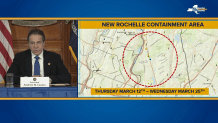
The New Rochelle containment zone goes into effect Thursday, March 12 and will remain in effect for two weeks, through March 25. Officials stress it's not a lockdown. Those who aren't quarantined will be able to leave their homes and go to work or elsewhere. Local businesses can remain open. People are free to walk the sidewalks.
When asked about the possibility of further preventative actions against the spread, like closing more schools, Cuomo said on "Morning Joe" Wednesday, "I think you see the trajectory going straight up."
Coronavirus Impacts
Overall, the state of New York sits at 217 confirmed cases, trailing only Washington state (370) as America's most impacted state.
As of Wednesday night, New York City had 53 total cases, according to Mayor de Blasio. One of the cases involves a Broadway usher who worked at two theaters: the Booth Theater on March 3-7 for "Who's Afraid of Virginia Woolf," and the Brooks Atkinson Theater on February 25 and March 1 for "SIX."
That usher was placed in quarantine, according to a statement by the Shubert and Nederlander organizations, who run the respective theaters. Both locations underwent a deep cleaning after officials learned of the case.
Suffolk County reported another two, bringing its total to six, while Nassau County was up to 28. See the tri-state case count breakdown here.
Health officials on Wednesday say a New York woman attending a conference at a Las Vegas Strip casino became sick last weekend with the new coronavirus. It's not known where in New York she's from.
New York ramped up its testing and gotten federal authorization for help from private labs. By default, that enhanced testing ability will lead to a boom in positives, local leaders have said. But as public anxiety swells, more communities, schools and companies are taking aggressive precautionary measures. See the latest school closures for New York and New Jersey.
Latest Coronavirus News
The city has issued new guidelines for commuters, including suggesting people telecommute and avoid crowded trains if possible. The U.S. State Department has cautioned against cruises, particularly for people who have underlying health concerns. New York is making its own hand sanitizer. Starting Tuesday night, the United Nations closes to the general public and suspends tours until further notice. Thousands of people are calling 311.
As of Wednesday, New Jersey had 23 presumptive positive cases; the samples have been sent to the CDC. That number includes a 69-year-old Bergen County man who died as a result of COVID-19. He was later identified as John Brennan, who had underlying conditions and worked frequently in New York.
Connecticut reported its third presumptive positive — all of which were in Fairfield and Litchfield counties. The state epidemiologist said the latest case was an older resident of New Canaan, and schools in nearby Westport announced they were closing indefinitely after "a number of parents" came into contact with someone who was thought to have the virus, the district superintendent said.
Coping With the Outbreak
On Wednesday night, President Trump made the announcement that he is partly suspending travel from Europe, except the United Kingdom, to the U.S. for 30 days beginning at midnight on Friday. After some confusion, the Department of Homeland Security said the restrictions only apply to foreign nationals — not U.S. citizens, green card holders or the family of American citizens.
The federal government also advised Americans to reconsider traveling abroad due to the COVID-19 outbreak.
In the sports world, the Big East announced that the remainder of the men's basketball tournament would be played under heavy attendance restrictions. Only immediate family of players for the participating teams would be allowed, in addition to essential personnel as well as members of the media.
"We have made this decision due to the rapid progression of COVID-19 and escalating developments nationally, as well as through guidance we have received from medical experts, local authorities and other sources," said BIG EAST Commissioner Val Ackerman.
The NBA also elected to suspend its season until further notice. The decision came after a player on the Utah Jazz tested positive for COVID-19, and now all the teams he recently played against have been told by the league to quarantine — including the Knicks.
Local governments are implementing changes — some major, some minor — that may impact the daily lives of people who will never get COVID-19. Here's a breakdown of what's happening in that regard by state.
How to Protect Yourself
New York City's Health Department released the following guidance for people who recently traveled to China, Iran, Italy, Japan or South Korea -- or for anyone who experiences fever, cough or shortness of breath:
- Stay home — do not travel or go to work or school while sick
- Go to a health care provider and tell them about your travel history
- If you do not have a health care provider or insurance, call 311
- Avoid contact with others
- Wash hands often with soap and water for at least 20 seconds. Use an alcohol-based hand sanitizer if soap and water are not available
- Avoid touching your face with unwashed hands
The New Jersey State Department of Health has established a 24-hour coronavirus hotline to answer questions: 800-222-1222. New York has a similar hotline set up: 888-364-3065.
What to Know
Nationally, the CDC says that as of Wednesday night, it had 938 cases and 29 deaths reported from 38 states and Washington, D.C. In more than 500 of those cases, authorities still don't know how the virus was contracted. That total number is only updated once a weekday though and reporting closes out at 4 p.m. the day before. The actual case total could be higher.
As of Wednesday night, NBC News reported more than 1,266 cases and 37 deaths nationwide; 29 of the fatalities have been in Washington state, where America's very first case was reported.
Quick Tips to Help Keep You Safe
The market is feeling the strain. Stocks plunged Monday — plummeting so sharply and quickly that a circuit breaker was triggered, which halted trading for 15 minutes, leading to Wall Street's worst one-day beating since the global financial crisis of 2008.
They rebounded a little on Tuesday, but sank once again Wednesday more than 1,400 points, with those losses dragging it 20% below the record set last month and put the index in a bear market.
Latest Guidance and What's Next
Help may be on the way. President Trump signed an $8.3 billion measure to fuel national efforts to combat the spread. The legislation provides sustenance for a multifaceted attack -- money for vaccines, tests, potential treatments and to help local governments respond to the virus.
Some of that appeared to be paying off by Wednesday, when the CDC announced it was awarding more than $560 million to state and local jurisdictions in support of COVID-19 response. New York gets a bit less than $17 million, while New Jersey gets a shade under $14 million. About $7 million has been set aside for Connecticut.
Worldwide, the virus has infected more than 113,000 people and killed more than 4,000. CDC officials warned for weeks to expect a disruptive spread of the virus in America. Here's where we stand now as far as developing a vaccine. On Wednesday, the World Health Organization said it had made the assessment that COVID-19 could be characterized as a "pandemic."


